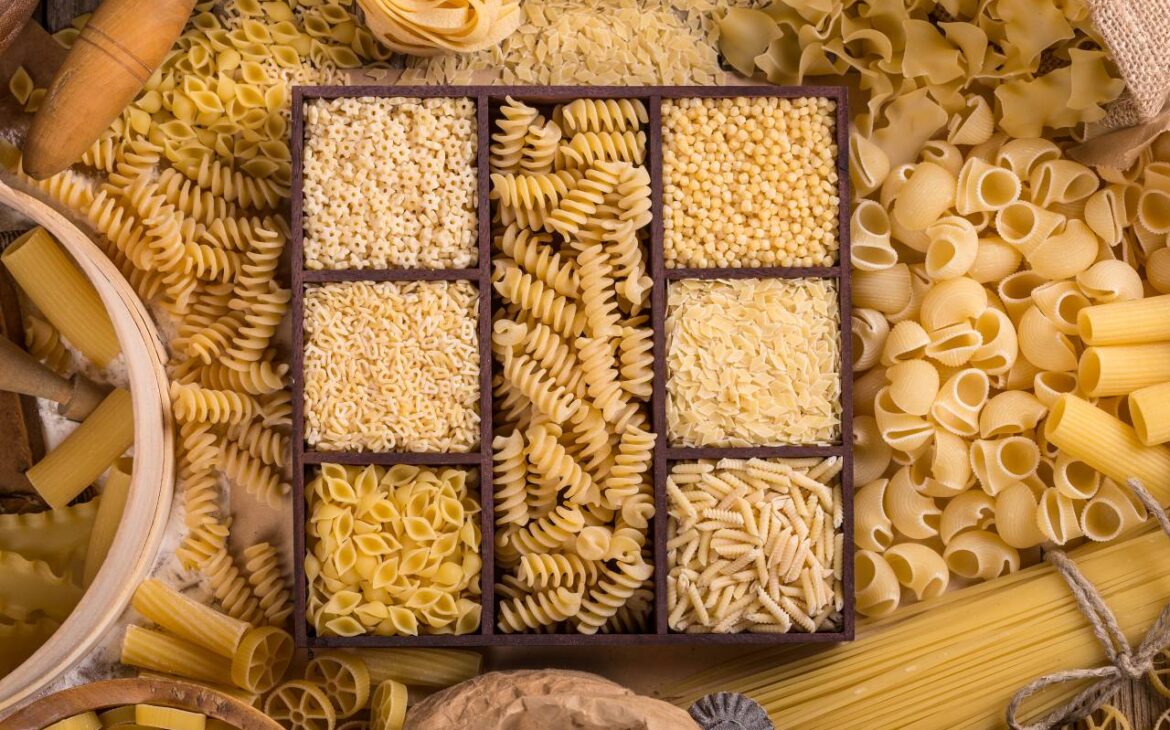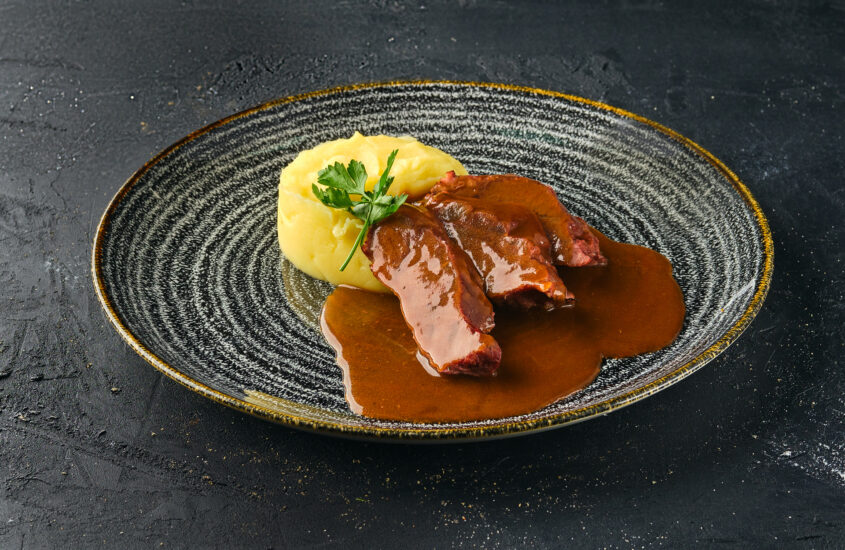How many types of pasta are there on the market and what are the characteristics of each? We have prepared a small handbook to learn a little more.
Let’s start with the whole wheat durum semolina pasta. It is the one obtained by drawing, rolling and drying a dough prepared exclusively with hard semolina and water. A maximum humidity of 12.5 percent is allowed, dry protein must be at least 10.50 percent.
The product of drawing, rolling and drying a dough prepared exclusively with whole wheat durum semolina and water is called whole wheat durum semolina pasta. The maximum percentage of humidity allowed is 12.5 percent, there must be at least 11.50 percent protein in the dry.
Whole wheat pasta contains more fiber than the classic one. With 80 grams of this pasta one quarter of the total daily fiber requirement is covered. With the same amount of classic pasta the percentage covered is 10 percent. The average amount of fiber provided by a portion of whole wheat pasta is about 6 grams, while the fibers provided by the same portion of classic pasta are about half.

Let’s move on to the soft wheat flour pasta. In Italy, unlike other countries, the use of soft wheat flours is forbidden (the presence of processing residues not exceeding 3 percent is tolerated).
Pasta produced entirely in one part with soft wheat flours in other countries, but sold in Italy, must bear one of the following denominations: soft wheat flour pasta (obtained from soft wheat flours), durum wheat semolina pasta and soft wheat flour (obtained by mixing the two products with a prevalence of semolina), soft wheat flour and durum wheat semolina pasta (obtained by mixing the two products, with a prevalence of soft wheat flour).
Egg pasta must be made exclusively with semolina and at least four whole chicken eggs, for a total weight of no less than 200 grams per egg for every kilo of semolina. Eggs can be replaced by the corresponding quantity of liquid egg product, made exclusively from whole chicken eggs.
Special pastas contain ingredients other than soft wheat flours. They are sold with the denomination of durum wheat semolina pasta (whole wheat or not), plus the indication of the ingredient used and, in the case of more than one ingredient, of that or those characterizing. If eggs are used in the preparation of the dough, the special pasta must have the same requirements as egg pasta.
Fresh pasta, for which the use of soft wheat flour is allowed, if sold in bulk, must be stored – from production to sale – at a temperature not exceeding + 4 ° C. Packaged ones must have a content of humidity not less than 24 percent, and must have undergone a heat treatment equivalent to pasteurization and be stored, from production to sale, at a temperature not exceeding 4 ° C.













Comments are closed.